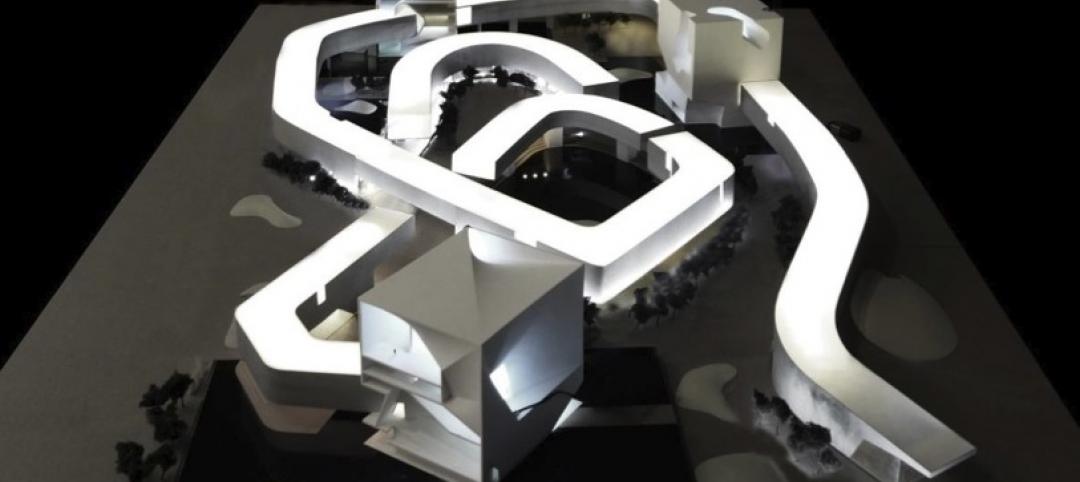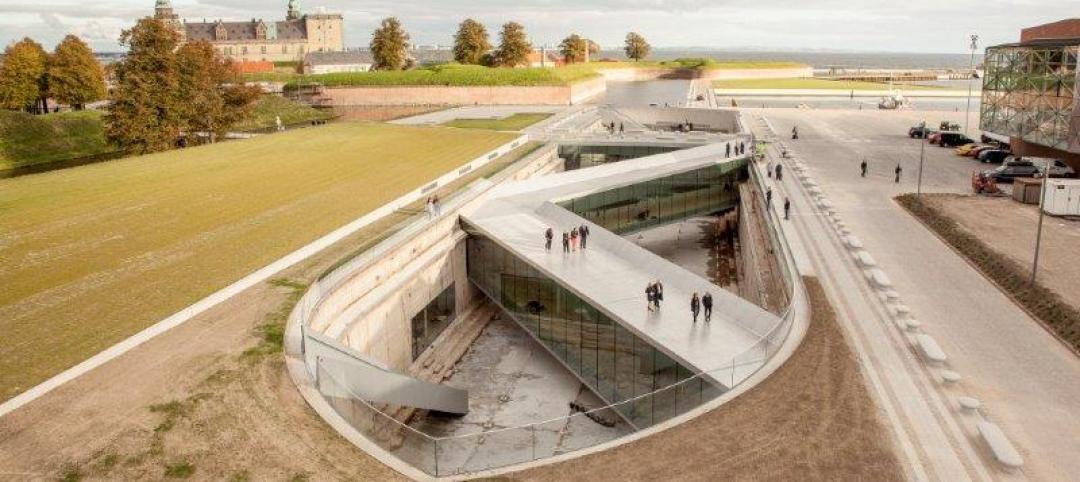Construction spending for education expanded modestly but steadily through March, while at the same time growth for other institutional construction had stalled earlier in 2009.
Education spending is now at or near the peak for this building cycle. The value of education starts is off 9% year-to-date compared to 2008. April starts fell 14% to the lowest total in more than three years. BD+C projects a 3–4% dip in education construction spending into early 2010, and then a recovery by the end of next year, which will bring spending up to early 2009 peak levels. Public education spending is up 6.4% in the past year but spending in the smaller, private sector dropped 0.4%. Funding for private education projects is very sensitive to current economic conditions, specifically tuition payments from current income and investment earnings.
College construction spending is up 12.2% from a year ago, but K-12 spending is up only 3%. Colleges boosted spending for instructional space 20.6% over the past year. Dormitory spending was up only 5%. These increases are the result of the relatively rapid expansion of community colleges and part-time programs for working adults. The small expansion of K-12 construction spending was entirely for high schools, which is up 7.9% over the last year. Middle school construction spending was steady, while elementary spending fell about 3%. These differences mirror enrollment changes. The peak enrollment is now in the 10th grade, which puts more pressure on high schools.
The reason the education construction recession is relatively modest is largely due to nearly $200 billion in state and local government aid included in the stimulus plan. This money is being paid out quickly because it's not linked to specific projects. These new funds offset the huge negative impact of reduced tax receipts in FY 09–10. Without the stimulus funds, a deep recession in public education construction would occur in 2009–10. Instead, most of the recession will be offset, with the balance deferred to 2011–12.
Related Stories
| Nov 13, 2013
Installed capacity of geothermal heat pumps to grow by 150% by 2020, says study
The worldwide installed capacity of GHP systems will reach 127.4 gigawatts-thermal over the next seven years, growth of nearly 150%, according to a recent report from Navigant Research.
| Nov 13, 2013
First look: Renzo Piano's addition to Louis Kahn's Kimbell Art Museum [slideshow]
The $135 million, 101,130-sf colonnaded pavilion by the famed architect opens later this month.
| Oct 30, 2013
15 stellar historic preservation, adaptive reuse, and renovation projects
The winners of the 2013 Reconstruction Awards showcase the best work of distinguished Building Teams, encompassing historic preservation, adaptive reuse, and renovations and additions.
| Oct 30, 2013
Steven Holl selected for Culture and Art Center in Qingdao, besting Zaha Hadid, OMA
Steven Holl Architects has been selected by near unanimous jury decision as the winner of the new Culture and Art Center of Qingdao City competition, besting OMA and Zaha Hadid Architects. The 2 million-sf project for four museums is the heart of the new extension of Qingdao, China, planned for a population of 700,000.
| Oct 30, 2013
11 hot BIM/VDC topics for 2013
If you like to geek out on building information modeling and virtual design and construction, you should enjoy this overview of the top BIM/VDC topics.
| Oct 29, 2013
BIG opens subterranean Danish National Maritime Museum [slideshow]
BIG (Bjarke Ingels Group) has completed the Danish National Maritime Museum in Helsingør. By marrying the crucial historic elements with an innovative concept of galleries and way-finding, BIG’s renovation scheme reflects Denmark's historical and contemporary role as one of the world's leading maritime nations.
| Oct 28, 2013
Urban growth doesn’t have to destroy nature—it can work with it
Our collective desire to live in cities has never been stronger. According to the World Health Organization, 60% of the world’s population will live in a city by 2030. As urban populations swell, what people demand from their cities is evolving.
| Oct 23, 2013
Gehry, Foster join Battersea Power Station redevelopment
Norman Foster and Frank Gehry have been selected to design a retail section within the £8 billion redevelopment of Battersea Power Station in London.
| Oct 18, 2013
Meet the winners of BD+C's $5,000 Vision U40 Competition
Fifteen teams competed last week in the first annual Vision U40 Competition at BD+C's Under 40 Leadership Summit in San Francisco. Here are the five winning teams, including the $3,000 grand prize honorees.
| Oct 18, 2013
Researchers discover tension-fusing properties of metal
When a group of MIT researchers recently discovered that stress can cause metal alloy to fuse rather than break apart, they assumed it must be a mistake. It wasn't. The surprising finding could lead to self-healing materials that repair early damage before it has a chance to spread.
















